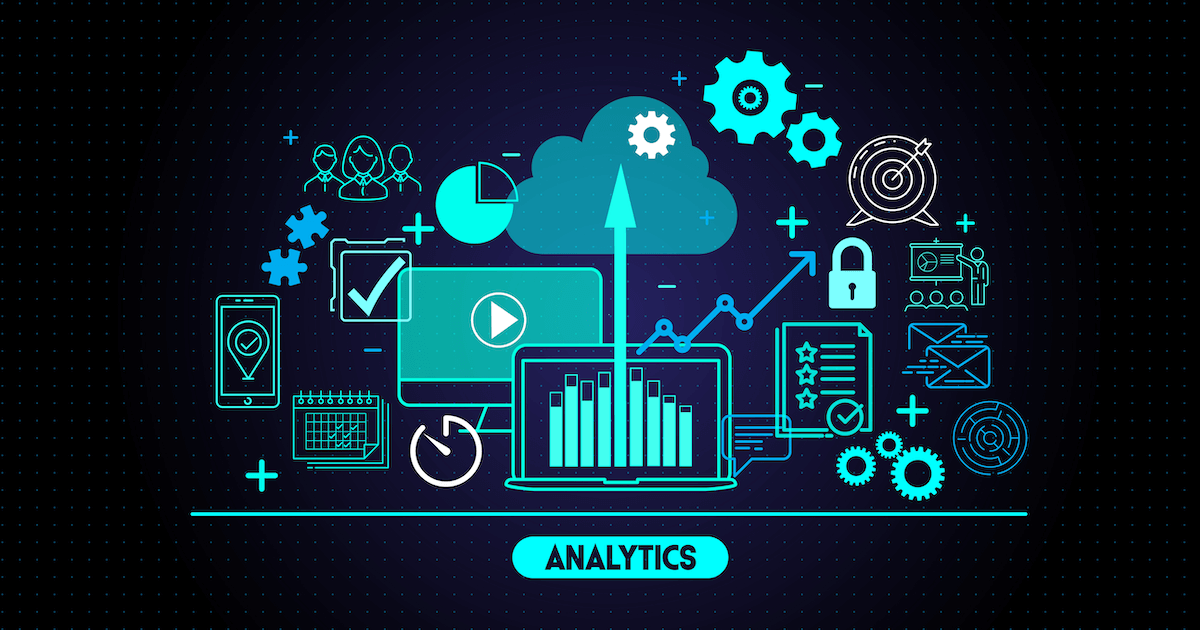- Super User
- Blog
- Read Time: 3 mins

- Super User
- Blog
- Read Time: 1 min

Accounting for Engineers is a specialized area of accounting that focuses on the financial principles and practices relevant to engineering and technical fields. It equips engineers with the necessary skills to understand financial statements, budgeting, cost management, and economic decision-making within engineering projects.
- Super User
- Blog
- Read Time: 2 mins

Analytics refers to the systematic computational analysis of data or statistics. In a business context, it involves using data analysis techniques to make informed decisions, identify trends, and drive performance improvements. Here’s an overview of the key aspects, types, tools, and trends in analytics:
- Super User
- Blog
- Read Time: 3 mins

Operations Management is a crucial area of business management that focuses on overseeing, designing, and controlling the production processes and business operations. It involves the efficient transformation of resources into goods and services, ensuring that an organization operates effectively and meets customer demands.
- Super User
- Blog
- Read Time: 3 mins

Advanced Manufacturing refers to innovative technologies and processes that enhance the production of goods and services. It encompasses various methodologies, techniques, and tools that improve efficiency, flexibility, and quality in manufacturing operations. Here’s an overview of key aspects, technologies, and trends in advanced manufacturing:
- Super User
- Blog
- Read Time: 3 mins

Engineering Enterprise is a broad concept that encompasses the application of engineering principles to the management, design, and operation of complex systems and organizations. This field integrates various engineering disciplines to create effective solutions for both technical and business challenges within an enterprise context.
Page 11 of 56
